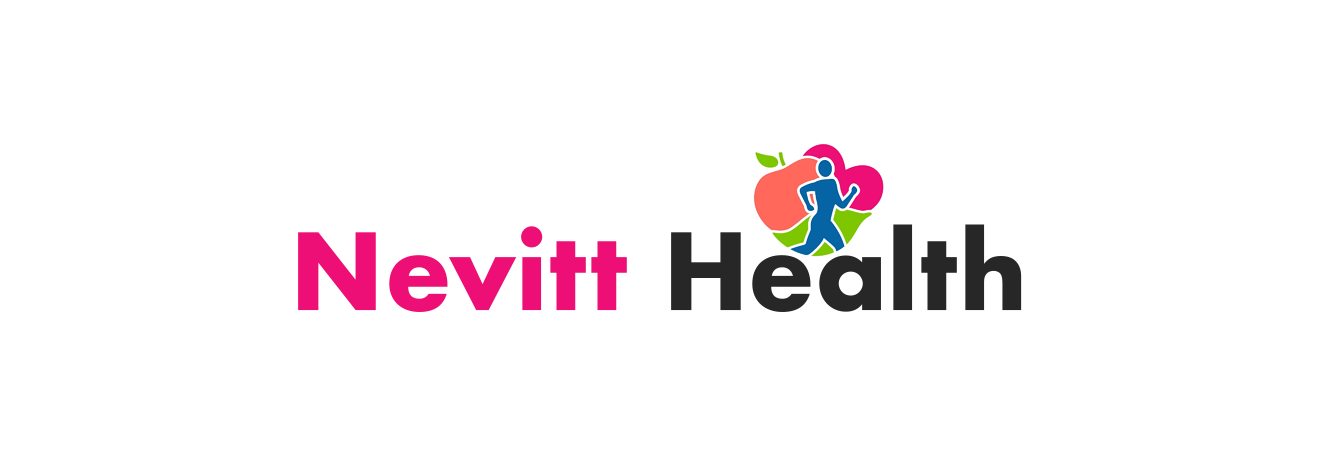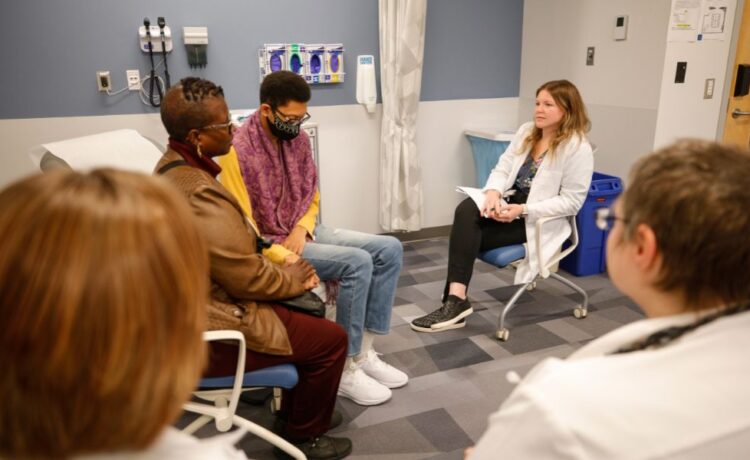In modern healthcare environments, maintaining the highest standards of care delivery stands as a fundamental pillar of medical practice. Healthcare facilities worldwide embrace comprehensive approaches to protect and safeguard those who trust them with their well-being.
Patient Safety forms the cornerstone of quality healthcare delivery, encompassing systematic protocols, vigilant monitoring, and dedicated staff training. Medical institutions that prioritize this essential aspect witness improved outcomes, reduced complications, and enhanced recovery rates among their patients.
Essential components of healthcare safety
Implementing robust protocols
Healthcare settings thrive on well-defined protocols that guide every aspect of patient care. These protocols establish clear guidelines for medication administration, surgical procedures, and routine checkups. Staff members follow standardized checklists, ensuring consistent care delivery across all departments.
Technology integration in safety measures
Modern healthcare facilities leverage advanced technological solutions to minimize human error. Electronic health records, automated medication dispensing systems, and real-time monitoring equipment create multiple layers of protection. These innovations streamline workflows while maintaining accuracy in patient care procedures.
Staff education and continuous training
Regular training sessions keep healthcare professionals updated on the latest safety protocols. These educational initiatives cover infection control, emergency response, and proper equipment handling. Through practical demonstrations and simulations, staff members maintain their expertise in delivering safe, effective care.
Creating a culture of vigilance
Incident reporting and analysis
Healthcare facilities maintain comprehensive incident reporting systems. This approach allows for a thorough analysis of near-misses and actual incidents, leading to improved preventive measures. Teams regularly review these reports to identify patterns and implement necessary changes.
Interdepartmental collaboration
Strong communication channels between different departments ensure seamless patient care. Regular team meetings facilitate information sharing and collective problem-solving. This collaborative environment helps identify potential safety risks before they impact patient care.
Emergency preparedness and response
Disaster management protocols
Healthcare facilities maintain comprehensive emergency response plans. These plans cover various scenarios, from natural disasters to medical emergencies. Regular drills ensure staff readiness in handling critical situations effectively.
Equipment maintenance and backup systems
Critical medical equipment undergoes regular maintenance checks. Backup power systems and redundant medical devices ensure continuous care delivery during technical failures or emergencies.
Patient engagement and education
Clear communication protocols
Healthcare providers establish clear channels for patient communication. They explain procedures, medications, and potential risks in understandable terms. This transparency helps patients make informed decisions about their care.
Feedback mechanisms
Healthcare facilities implement various methods to gather patient feedback. This information helps identify areas for improvement in safety measures and overall care delivery.
Measuring and monitoring progress
Performance metrics
Healthcare facilities track various safety indicators to measure their performance. These metrics help identify areas needing attention and validate the effectiveness of existing safety measures.
Regular audits
Systematic audits ensure compliance with safety protocols. These reviews help maintain high standards of care while identifying opportunities for improvement.
Quality improvement initiatives
Continuous process refinement
Healthcare teams regularly evaluate and update their safety protocols. This ongoing refinement ensures that safety measures remain effective and relevant to current healthcare challenges.
Innovation implementation
Facilities stay current with healthcare safety innovations. New technologies and methodologies undergo careful evaluation before implementation to ensure they enhance existing safety measures.
This systematic focus on patient protection, combined with continuous improvement efforts, ensures the highest standards of care delivery. Healthcare providers who maintain such robust safety measures contribute significantly to positive patient outcomes and overall healthcare quality improvement.











